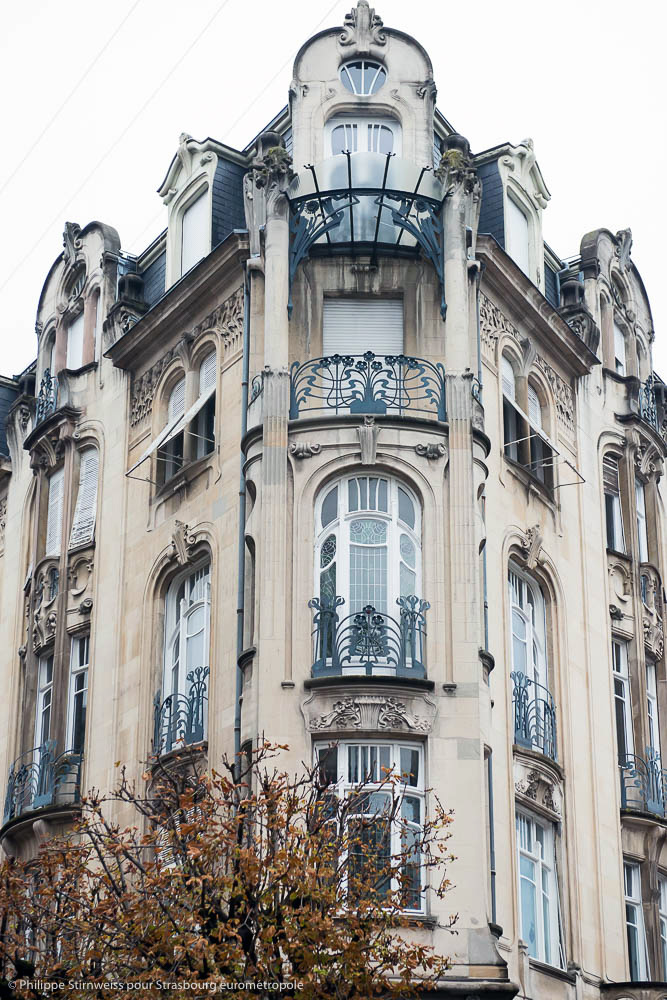Entête de page
Visit Neustadt, a district built by the German Empire
Visit Neustadt, a district built by the German Empire

Listed as a UNESCO World Heritage site since July 2016, Neustadt or "new town," a district with a rich heritage, has become a must-visit destination for history lovers during a stay in Strasbourg. So are you ready to discover a district charged with history?
A quick history...
Strasbourg's Neustadt is the urban extension undertaken from the late 19th century, during the period when Alsace belonged to Germany. Its construction, which began in the 1880s and continued until the 1950s, represented a vast building project encompassing almost 10,000 new buildings that would triple the city's surface area.
The German annexation having given rise to extremely high German immigration to Strasbourg — in forty-five years, the city's population more than doubled, rising from 80,000 inhabitants in 1870 to 180,000 in 1915, the German administration rapidly devised a vast architectural policy.
However, the aims of a project of this kind were not limited to housing issues. This large-scale urban campaign was also and above all designed to showcase the power, prestige and modernity of the German Empire in the city, which had become the capital of the Alsace-Lorraine Reichsland. It was primarily about setting in stone the change of regime and the advent of the new power. The project was therefore to create a great city in which engineering, architecture and urbanism combined to give shape to an exceptional cityscape and offer remarkable living conditions for the time.
This urban planning — designed on the basis of the projects presented by Jean-Geoffroy Conrath, the City's architect, and Auguste Orth, a Berlin architect — included the districts surrounding the historic center, from the train station to the state hospital, through Places de Haguenau and République, Contades, the Orangerie and the University.
But what's there to see in Neustadt?
Strasbourg's Neustadt is characterized by an airy layout with long, wide avenues, huge squares, parks and gardens, and large thoroughfares such as the Avenues des Vosges, d’Alsace and de la Forêt-Noire. These majestic perspectives brought Strasbourg into the modern age, carefully connecting the two towns — old and new.
Among the must-see squares and avenues are Place de la République, which follows on from Place Broglie. It represents the new political and administrative center of the city and concentrates many official neo-Renaissance style buildings: the Rhine Palace, the National Theater of Strasbourg, and the national library and university. It is also the intersection point of the major thoroughfares that structure the urban extension, particularly the imperial avenue — Avenue de la Liberté. 30 meters wide and densely planted, this avenue — formerly Kaiser-Wilhelm-Strasse — brings the Rhine Palace, the seat of political power, face to face with the university, the showcase of knowledge. The backbone of the political and administrative center, designed for performance, it used to host processions and military parades.
